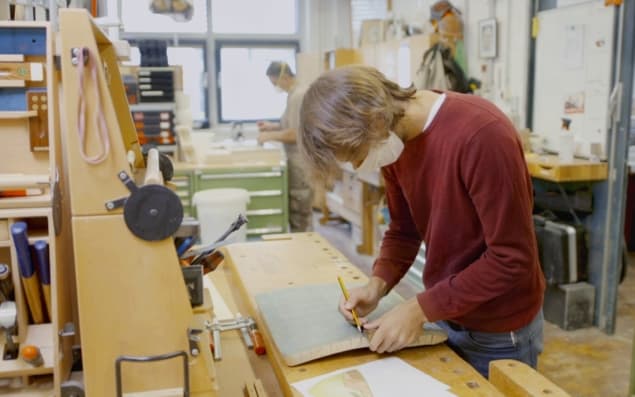
Stand-up paddle boarding is up near the top of my bucket list, so I was pleased to learn that researchers at the Fraunhofer Institute for Wood Research, Wilhelm-Klauditz-Institut have created a board that is made from 100% renewable materials – instead of the usual petroleum-based materials. What is more, the light-weight material that they have developed for paddle boards can be used in buildings, cars and ships.
Christoph Pöhler and colleagues created the material using balsa wood from old wind turbine blades. Yes, that’s right, those giant blades can contain up to six cubic metres of wood. When a blade reaches the end of its lifetime, the wood is often discarded and even burnt – which is a waste of a valuable resource.
Pöhler’s team has created a way of separating the wood from the fibreglass that it is bound to. The wood is then pulverized to create a powder that is used to make a light-weight wood foam – a process that does not require the addition of an adhesive.
Flax reinforcement
The hard shell of the paddle board is made from a bio-polymer that is reinforced with flax fibres. The process has been patented and the researchers hope to have a demonstrator model available next year. One possible future use of the material is cladding for the thermal insulation of buildings.
Staying on the theme of sustainability, the folks at The Quantum Daily and Oxford Instruments have put together a nice video (see below) that looks at how quantum technologies could help in the fight against climate change. Examples include how quantum computers could someday rapidly and efficiently do complex calculations that could lead to the development of sustainable technologies – calculations that are well beyond the capabilities of even the most powerful supercomputers.
The video also looks at way of reducing the energy consumption of quantum technologies themselves – which at the moment can be very large, especially for devices that must be cooled to near absolute zero.



